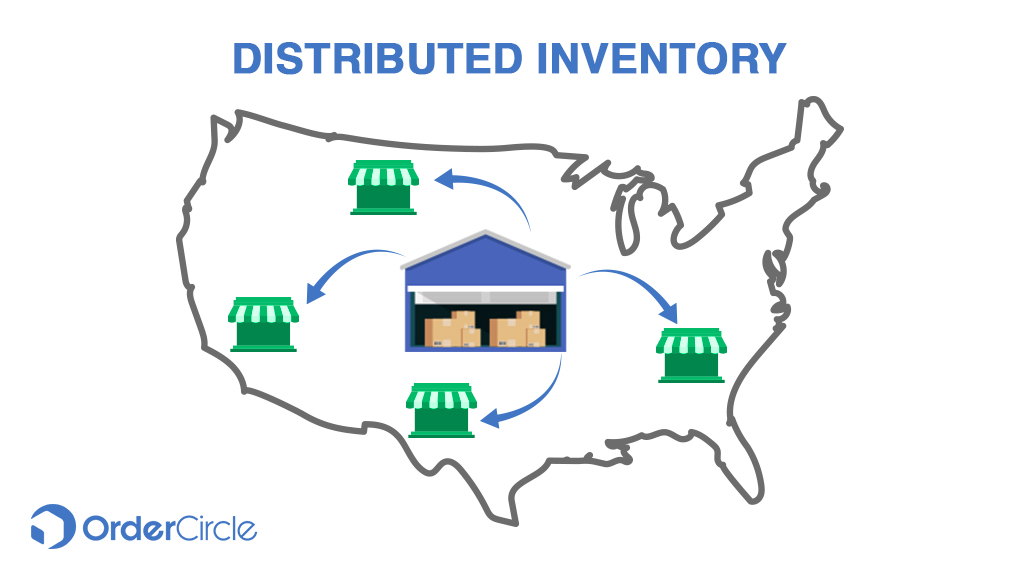Distributed Inventory
Hasan Nasir

What is a distributed inventory?
A successful business must deliver the right products at the right time. Distributed inventory helps achieve this.
Distributed inventory means storing the inventory across many distribution centers. A supplier chooses these centers close to the customers. This process helps in reducing the delivery time to the customers. It also makes the products available when the customers need them. Shipping costs are also lower due to the proximity of these centers to the customers.
Thus, a distributed inventory helps increase supply chain efficiencies.
How does a distributed inventory benefit a business?
- A distributed inventory is valuable when customers are located across geographies. It helps in increasing sales by meeting customer demand timely, across many locations.
- It reduces the delivery time of products to the customers. It also reduces the time taken to exchange a product if demanded by the customers. This increases customer satisfaction. It also provides the seller an option to charge a premium for quicker deliveries.
- It reduces the possibility of losing a customer, as inventory is available nearby.
- It reduces the shipping costs, as goods travel a shorter distance when shipped.
- Distributed inventory reduces the risks during emergencies. It reduces inventory losses in case of an accident at a particular center as they are distributed across various centers.
- The distributed inventory provides backup to the seller. It gives the flexibility to meet the customer demand from other centers if one is not available.
When to opt for a distributed inventory?
Keeping a distributed inventory has its advantages. However, it also involves higher costs as one needs to maintain many warehouses. Hence, the following are some checkpoints one can consider while using this system:
Customer geography is diversified: Maintaining many warehouses is useful when customers are at different locations. Under this situation, distributing the inventory helps increase sales. However, if the customer base is in one location, one warehouse also suffices.
The demand for the product is high: Distributed inventory is valuable when sales volume is high. With lower demand, a seller can manage with a single warehouse. Using a distributed inventory method with low demand is also less cost-effective.
Savings exceed costs: Maintaining many warehouses is a costly affair. However, shipping to longer distances from a single warehouse also involves costs. Hence, a seller must compare the cost of shipping to the cost of more warehouses. If the shipping cost is higher than the latter, he may opt for a distributed inventory system.
To reduce costs and still maintain a distributed inventory, a seller can also use third-party logistics services. Such service providers have expertise in the distribution of products to the. A seller outsources the logistics operations to these service providers. In this case, warehouses are also maintained by these 3pl providers.
Management capacity is available: When a seller stores the products at many locations, the monitoring need increases. He needs to check the inventory level across warehouses. He also needs to replenish the stock timely.
Lack of adequate control can result in mismanagement. Thus, the seller should have enough people for managing a distributed inventory. He should also have time to check the inventory level across warehouses.
Conclusion:
Many factors influence the choice of the inventory distribution system in a business. Shipping from many warehouses saves time and costs. It also increases customer satisfaction and protects against uncertainties. However, one must make an informed decision about the distribution channel. For choosing a distributed inventory system, one should consider the sales volume. One must also compare costs, i.e., costs of multiple warehouses v/s long-distance shipping costs from one warehouse. This apart, one must also have enough time and resources to manage this system.
